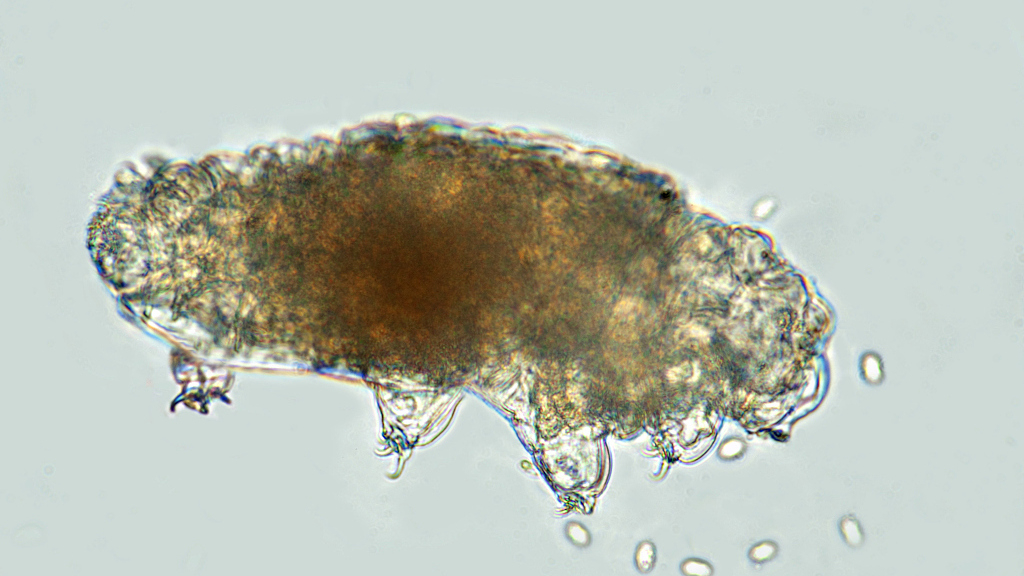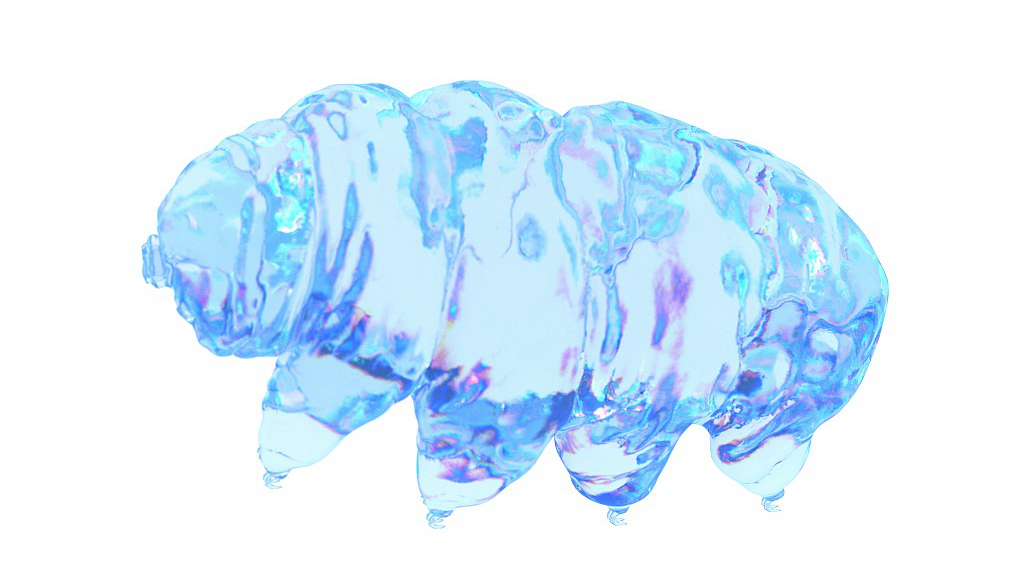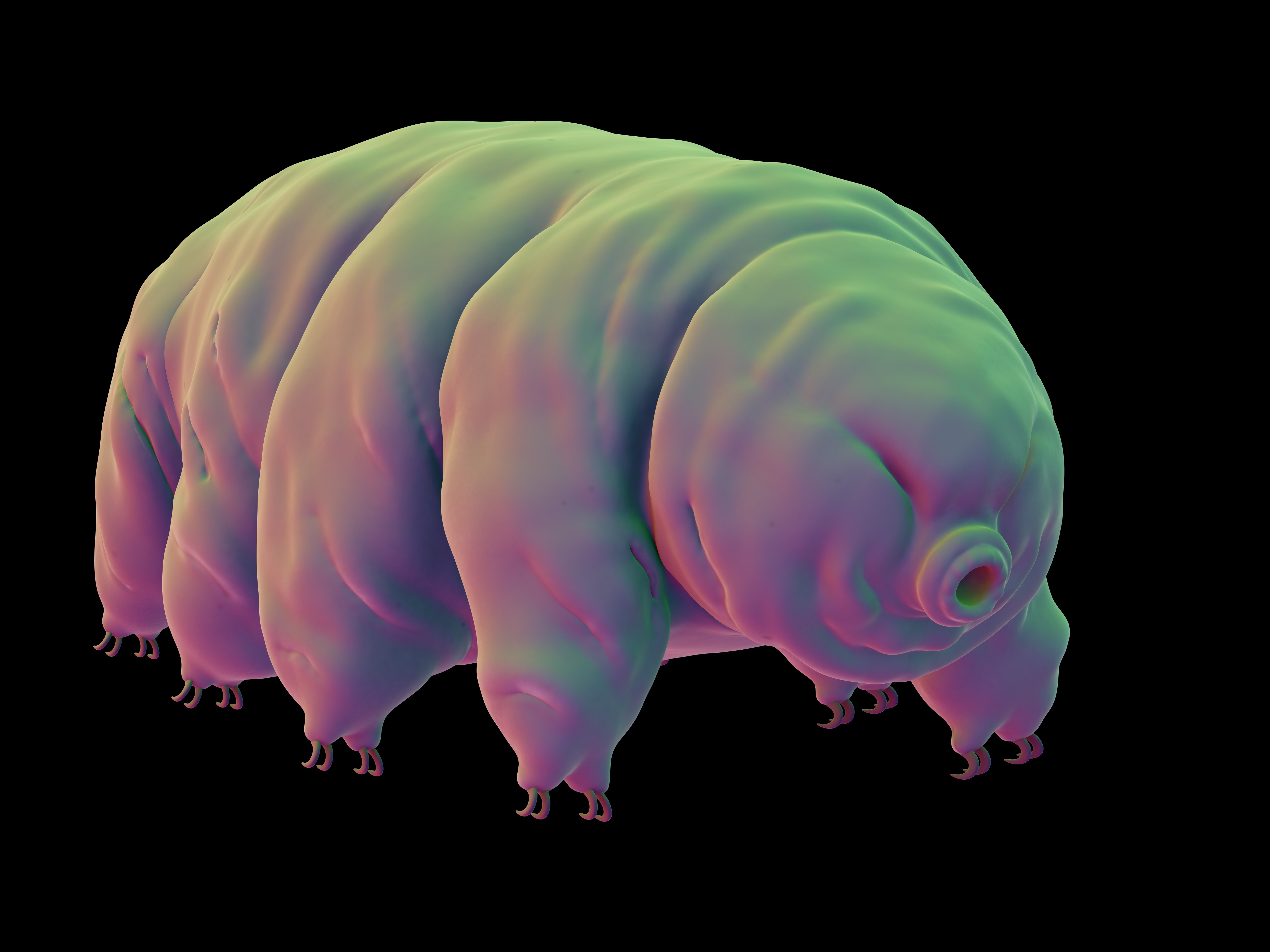As NASA prepares to send astronauts to Mars in the future, scientists are looking for new ways to help them survive.
Chris Mason, a geneticist and associate professor from Cornell University in New York, has come up with a new idea to genetically modify human cells with DNA from micro-animals known as tardigrades to help astronauts endure the long distance flight to Mars.

Tardigrades, or water bears, are tiny and can be observed using a microscope. /VCG Photo
Tardigrades, or water bears, are tiny and can be observed using a microscope. /VCG Photo
Tardigrades, commonly known as water bears, are a type of eight-legged micro-animal. They were first discovered by a German zoologist in 1773; but evidence from fossils shows that this living creature can be dated back at least 530 million years.
Unlike other bears, water bears are tiny, just measuring around 0.5 millimeters. Most of time they can only be observed under a microscope.

After rehydrating water bears, they were still alive after living in space for 10 days. /VCG Photo
After rehydrating water bears, they were still alive after living in space for 10 days. /VCG Photo
For astronauts going to Mars, one major problem is high radiation exposure. Water bears could help solve this problem.
The organisms can survive in extreme conditions without any protection, and that includes space. In 2007, some dried up water bears were sent to space by scientists. After 10 days of exposure to high radiation and a vacuum environment, scientists rehydrated the water bears and found that they were still alive. After researching, the scientists discovered that there is a protein in water bear's body known as Dsup that protects them from the radiation. As a result, the scientists have chosen water bear's DNA as a genetic source.
By transferring this ability of the water bears to astronauts, it is possible they could survive under high radiation in the space.

By transferring water bear's ability to astronauts, it is possible they can survive under high radiation in the space. /VCG Photo
By transferring water bear's ability to astronauts, it is possible they can survive under high radiation in the space. /VCG Photo
Water bears, as one of the hardiest living creatures in the world, have played an important role in many areas of scientific research. Maybe this tiny animal can help astronauts survive space in the future.
Micro earth
People often find it hard to understand the presence and role of microbes in their daily lives. They are hard to see, but they are everywhere. In this series, CGTN focuses on some of the smallest organisms in nature, and explores how these powerful organisms can either save or destroy us.